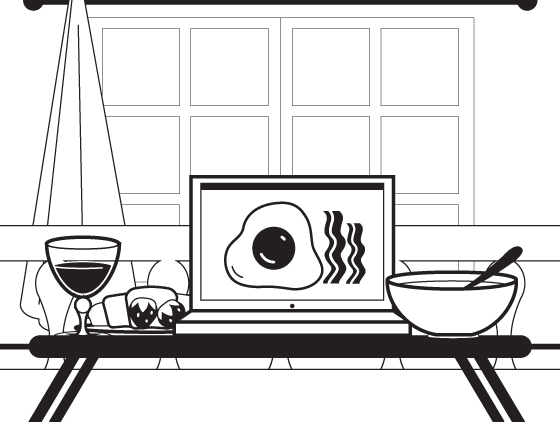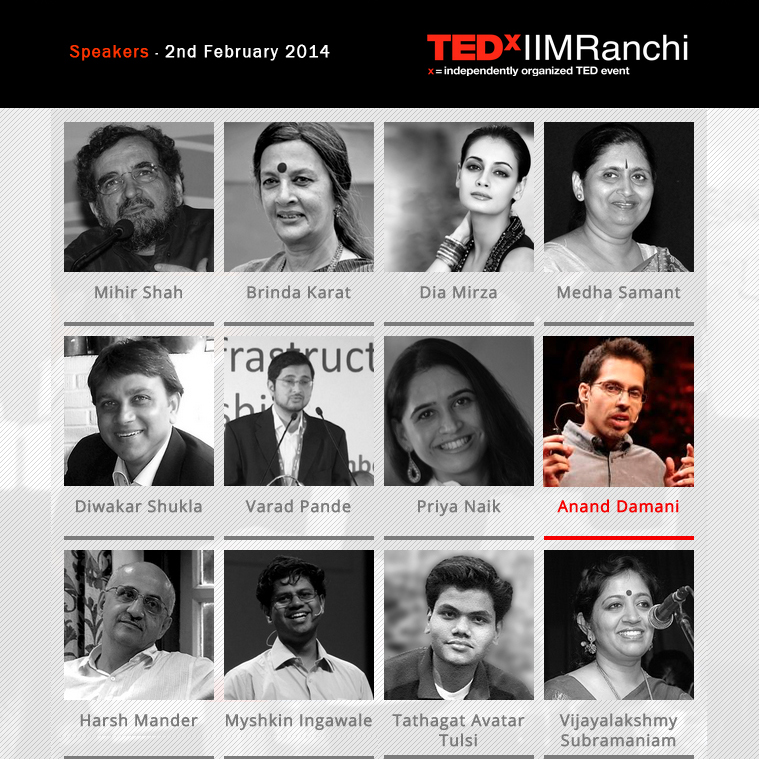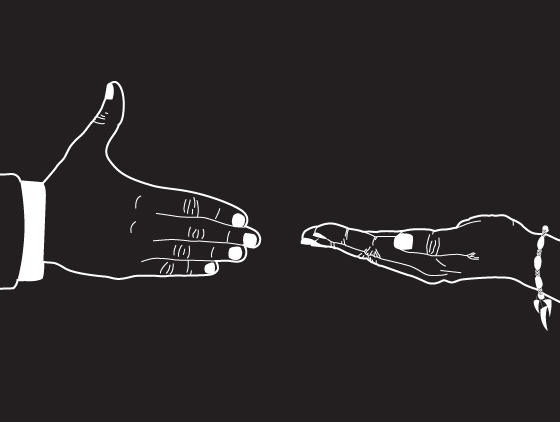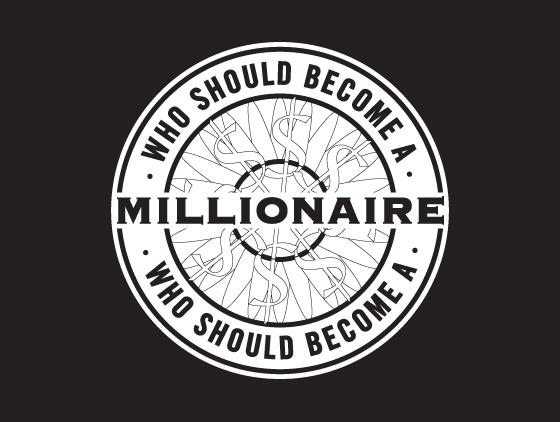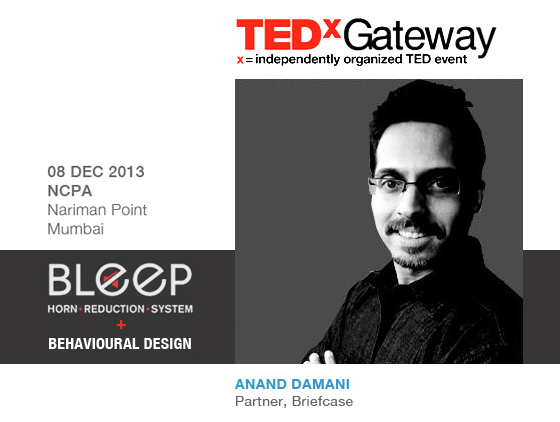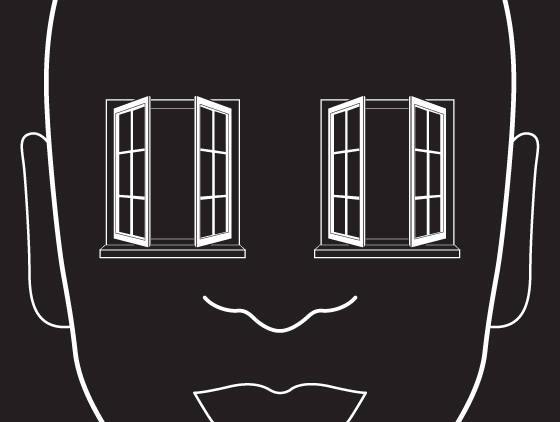What an ad. Funny. Entertaining. Beautifully scripted. Well directed. Brilliantly acted. Excellent choice of music. Award-winning. And totally ineffective.
The ad not only acknowledges that bullying happens, but it also reinforces that bullying will continue to happen. Just that those who get bullied will get their revenge, even though its after 30 years.
Leave alone the fact that it got the psychology completely wrong, how exactly are such ad campaigns that get produced in hundreds every year in every country supposed to work? In this case, do the ad makers expect the bullies to remember (at the time of bullying) that their targets may seek revenge after 30 years and therefore not indulge in bullying now?
Or another example of an award winning ad seen by millions of people around the world – Smoking Kid. How many people do you think have quit smoking after viewing this ad?
Ever wondered why we hear so much talk around us, but see little change happening? So many promises, agendas, quotes, speeches, videos, ads, so much inspiration (gas) which seems powerful and emotional in the spur of the moment, but eventually leads to nothing. It’s because mere awareness rarely leads to action. We’re ruled by something that’s far more powerful than the inspirational or entertaining or factual messages we’re exposed to – habits.
But billions of money still gets spent on messaging and education to change behavior – not just by the government but also by the private sector. Such communication may succeed in creating an illusion of efficacy by changing attitude/intention, but has proven to be a highly ineffective way of changing behavior – whether of consumer, shopper, employee or public behavior. Truly, old habits die hard.
In the UK, for example, in the 1970s and 80s, the government spent millions on ads educating people to wear seat belts on TV, radio and billboards. Streff and Geller estimated that by the end of the 80s, 80-90% of British people saw these ads 8-9 times each. One would assume that showing people being launched head-first through their windscreens would make people respond. Turned out that most of the people weren’t responding, until in 1983 when the law changed along with strict policing, that most people started wearing them.
In India too, billions are wasted on behaviour-change advertising, whether it’s the ‘Swatch Bharat’ campaign or ‘Save fuel, save money’ campaign or tax payment campaigns. Regards public behavior the government has the option of making certain behaviors compulsory and punishable by law. But even when it is compulsory by law, we in India find ways of overcoming them for several reasons. For example we don’t wear helmets, seat belts, break traffic signals, sit on top of running trains, evade taxes, etc. Advertising isn’t making any difference.
The private sector does not have such legal recourse. So companies use awareness and education to change behavior, which meets with the similar ineffective outcomes. Take for example billions being spent on advertising to get Indians to change behavior and adopt products like mutual funds, breakfast cereal, mouthwash, etc. Or take the example of Colgate wanting Indians to brush at night. How many hundreds of crores and number of years do you think Colgate will take to get Indians to brush at night if it relies on advertising? While advertising is a time and money draining solution, Behavioural Design is about simple, scalable, small tweaks/nudges that make a big difference to big problems. Eg. Bleep – horn reduction system and so many other examples you would find on this blog.
It’s time for CEOs, marketers and policy makers to shed their old habit of relying on ineffective solutions like advertising and awareness-based campaigns and adopt Behavioural Design to change behavior effectively. It‘s the scientific way to change human behaviour.
Source for UK numbers – F.M. Streff and E.S. Geller – Strategies for motivating safety belt use: The application of applied behavior analysis – Health Education Research 1, no. 1 (1986): 47-59
